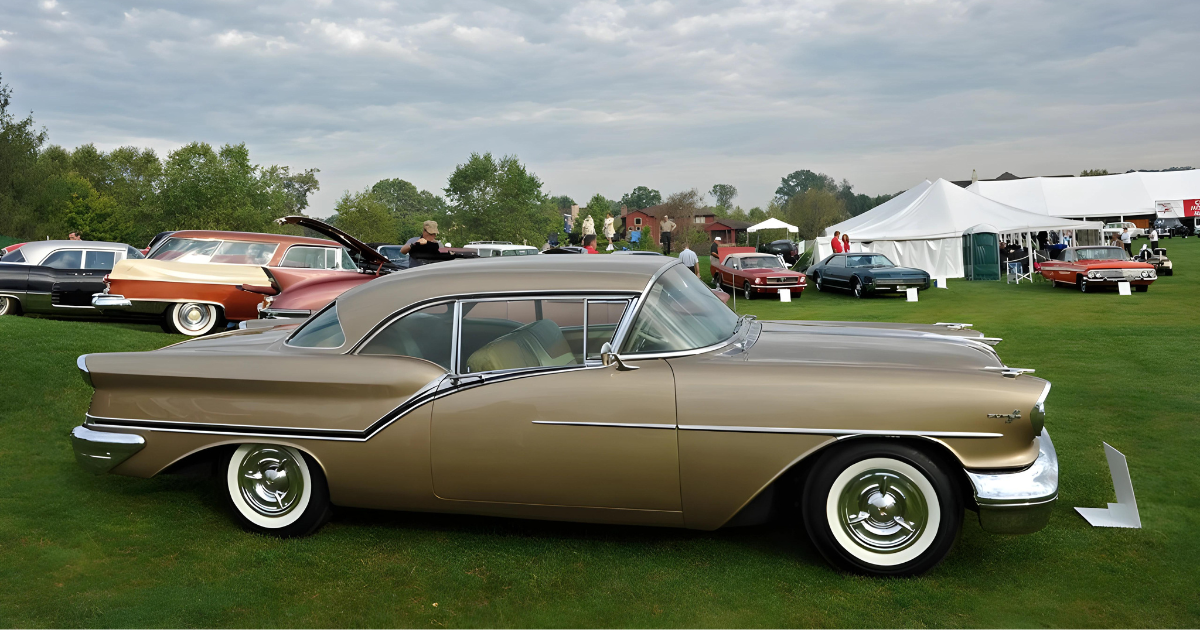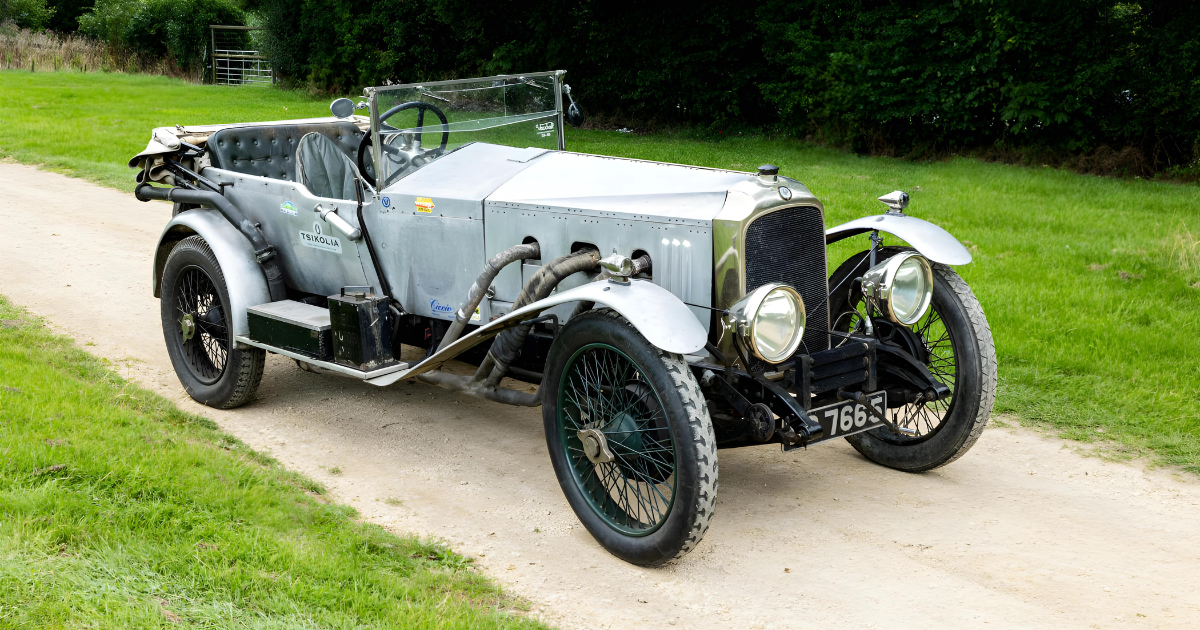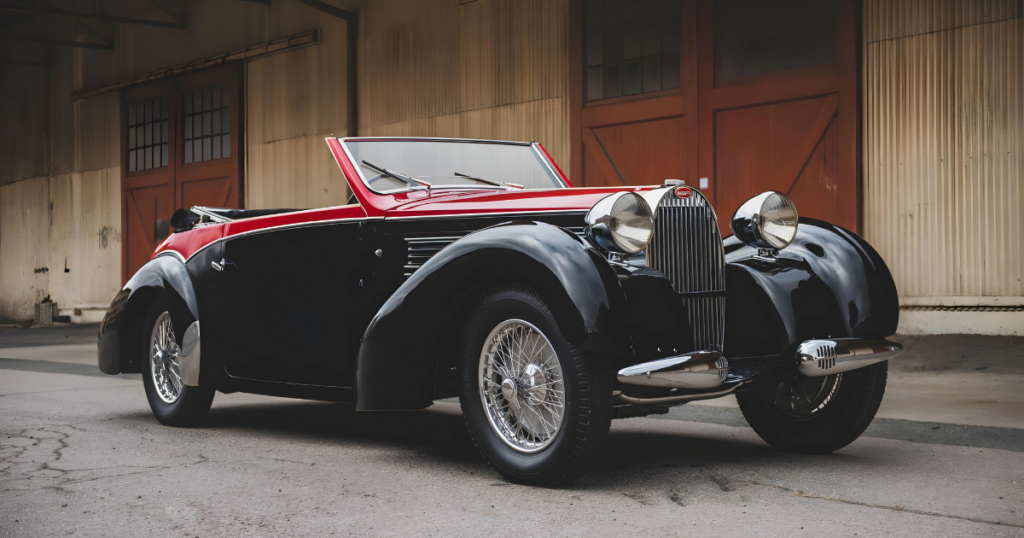
The introduction of the Bugatti Type 57 in 1934 heralded a significant turning point for the legendary marque under the visionary leadership of Jean Bugatti. As the first entirely new design to emerge under Jean’s stewardship, the Type 57 exemplified his innovative spirit and engineering prowess, setting a new standard for automotive excellence.

At the heart of the Type 57’s formidable performance was its powerful eight-cylinder engine, meticulously crafted to deliver exhilarating performance and unrivaled refinement. Jean Bugatti’s ingenuity extended to the engine’s unique camshaft design and pioneering transmission, which was fixed directly to the engine, marking a departure from traditional Bugatti conventions.
While Jean experimented with the idea of an independent front suspension, the Type 57 ultimately retained the signature Bugatti leaf spring setup, ensuring optimal handling and ride comfort.
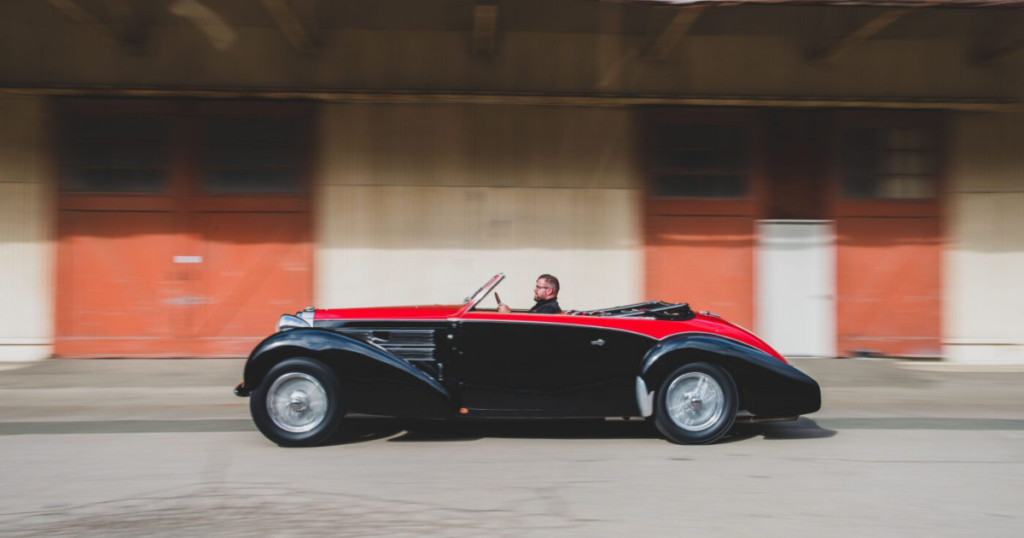
However, it was in the realm of automotive aesthetics that Jean Bugatti’s true genius shone brightest. With meticulous attention to detail and an unwavering commitment to craftsmanship, he sculpted an exquisite array of body styles for the Type 57, including elegant coupes, convertibles, and sedans.
Each variant, from the Atalante and Ventoux to the Stelvio and Galibier, epitomized the pinnacle of automotive design, rivaling the finest coachwork produced in Europe at the time. The Type 57’s timeless silhouette and graceful lines captivated enthusiasts and connoisseurs alike, earning it a place among the most coveted automobiles of its era.

Despite facing financial challenges, Bugatti remained steadfast in its pursuit of automotive excellence, continuously refining the Type 57 to meet the evolving demands of discerning clientele. Jean Bugatti’s relentless dedication to innovation led to the development of a stiffer frame, a rubber-mounted engine, and the introduction of a supercharged variant, the Type 57C, which boasted an exhilarating 160 horsepower.
This supercharged iteration further solidified Bugatti’s reputation for engineering prowess and performance excellence, cementing the Type 57’s legacy as a true automotive icon.
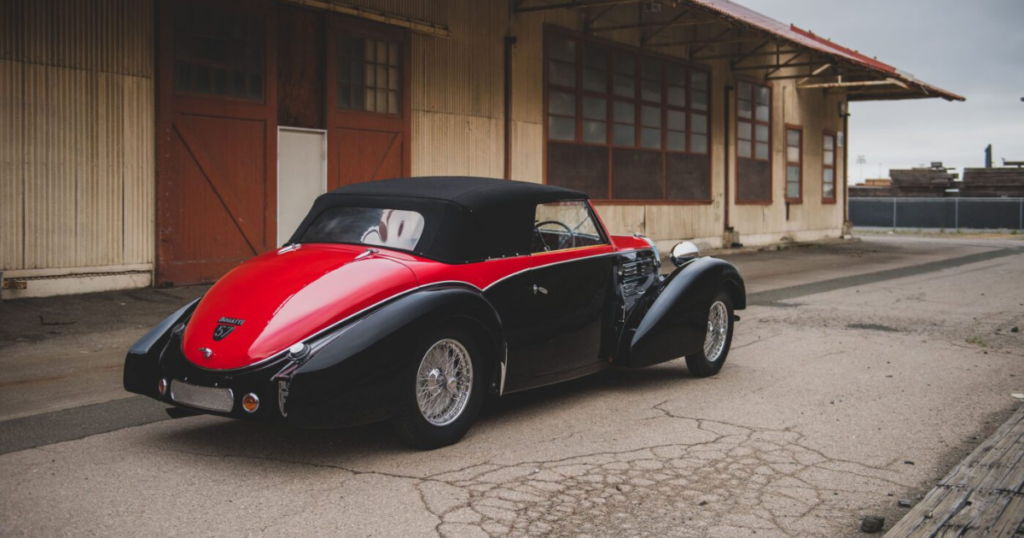
In 1938, Bugatti demonstrated its commitment to adaptability and practicality by incorporating hydraulic brakes and more affordable wheels into the Type 57, ensuring that the marque remained at the forefront of automotive innovation while staying true to its rich heritage. This commitment to progress and evolution underscored Bugatti’s enduring legacy as a pioneer in the automotive industry, leaving an indelible mark on the history of motoring.

Today, the Bugatti Type 57 stands as a testament to Jean Bugatti’s visionary leadership and uncompromising dedication to excellence. Its timeless design, engineering innovation, and unparalleled performance continue to inspire automotive enthusiasts and collectors worldwide, ensuring its enduring status as a symbol of automotive artistry and ingenuity.

